JMSDF’s Cyber Warfare Unit
As seen in recent conflicts around the globe, modern warfare is no longer confined to the traditional realms of land, sea, and air, but has extended to new areas such as space, cyber, and electromagnetic domains.
Japan is among those who recognize such new threats, which is why the country is establishing new specialized units in the Self-Defense Force.
One such example is the “Information Operations Group” which will be created in the Maritime Self-Defense Force (JMSDF) by 2025.
Basically, the new naval group will mainly conduct cyber and electronic warfare as part of a larger effort in winning information warfare.
Unlike other naval combat units, this new group will not operate any warships, but rather focus on rear-support from land-based centers.
They are to assist the frontline units from a cyber perspective, countering enemy attacks or attempts to trigger confusion.
As we saw the Russo-Ukrainian War, cyber attacks and information warfare begins before the actual invasion, targeting critical infrastructure or spreading false information.
By using social media and AI-assisted tools, both the speed and influence of disinformation/misinformation has become a huge threat, particularly towards democratic societies where public opinion matters.
For instance, pro-Russian accounts have spread disinformation to destabilize Western support for Ukraine, showcasing the potential of such campaigns.
Needless to say, China is taking notes from these events, as they are well known for employing psychological and cognitive warfare against their adversaries. They will likely make a similar attempt to generate confusion and anxiety within Japanese society during a Taiwan Crisis.
In the wake of such information warfare, JMSDF’s new cyber unit is anticipated to focus on countering threats associated to maritime operations. These include quickly sharing accurate intelligence with frontline units, protecting vital communications networks, and tackling disinformation to ensure smooth fleet operations.
That being said, the specific details of their tasks, as well as their actual area of responsibility, remains to be seen.
But, perhaps the most significant achievement, as we know of right now, is that the new group will consolidate existing units that are currently spread out among different sectors.
By doing so, JMSDF will establish a single command structure for cyber warfare, enabling a more efficient response.
Close To The US Tenth Fleet?
In order to facilitate smooth coordination with other branches, the Information Operations Group will be headquartered not in Yokosuka, where JMSDF has their main naval base, but inside the Defense Ministry in Tokyo.
The Defense Ministry houses each military branch’s Staff Office, the Joint Cyber Defense Unit, and the Defense Intelligence Headquarters. Therefore, it is obviously the prime location for information sharing, as well as obtaining high-level decisions.
The new group will be led by a vice admiral, reflecting its importance as they are fewer than 20 people who fulfill this rank among the 44,000 personnel.
In other words, the group is to be commanded by a person who would be on par with Fleet Commanders, despite the new unit being much more smaller in size.
It’s role and structure resemble that of the US Navy’s Tenth Fleet, a primarily land-based unit dedicated to cyber and electronic warfare.
Given the extremely close relationship between JMSDF and the US Navy, it would only be natural for the new group and the US Tenth Fleet to collaborate closely in the future.
Through such partnership, both Japan and the US will have a better chance at handling information warfare launched by the Chinese, especially since both navies are expected to fight together should any war breakout in the Pacific.



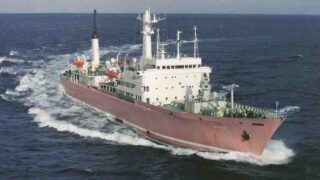


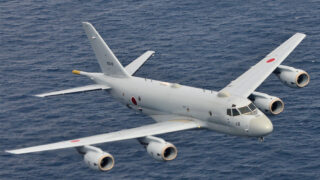
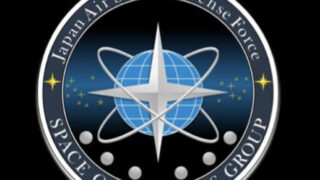
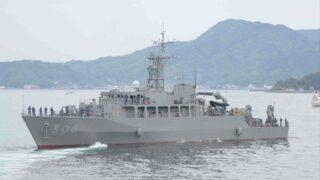
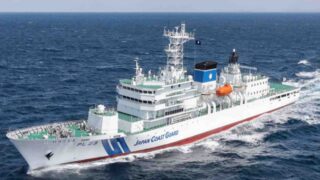

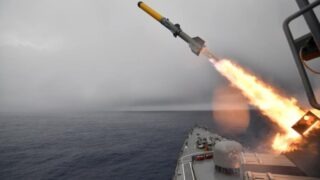
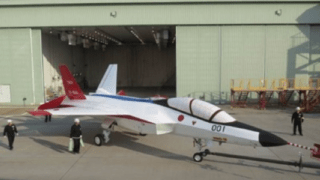
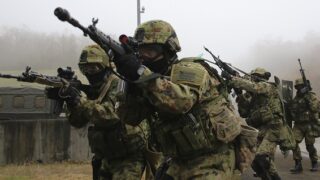
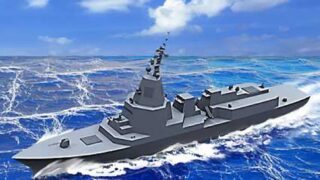
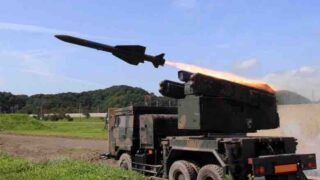

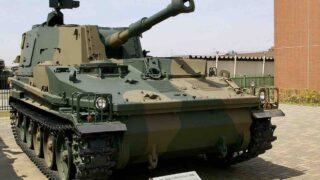

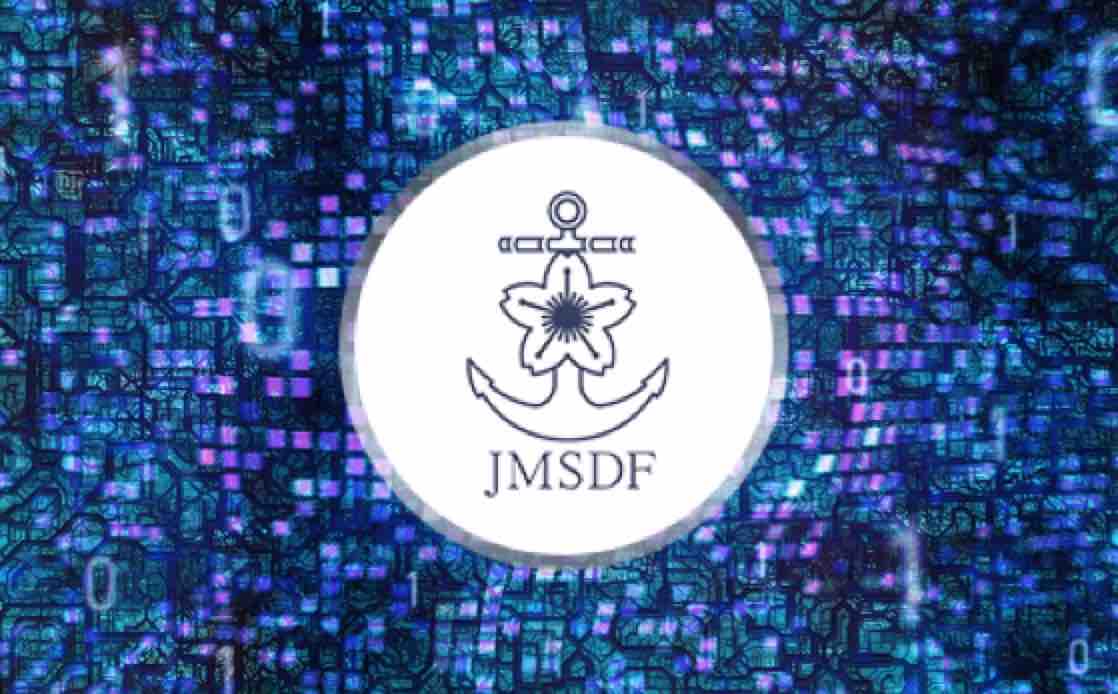
Comments